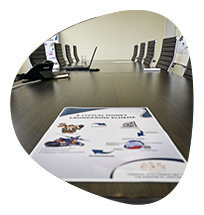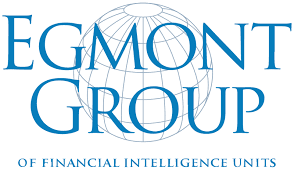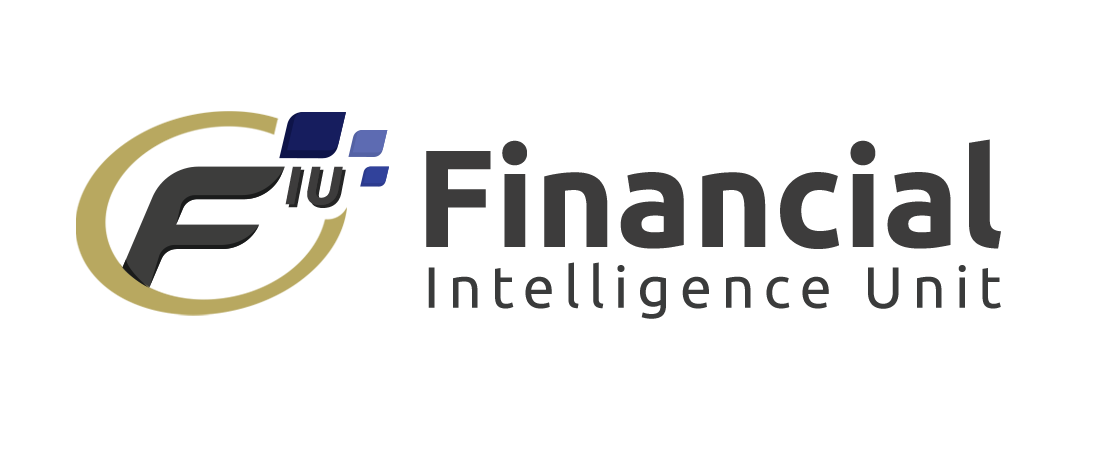
Follower Growth
- Your AML/CFT program obligations
- Management responsibilities
- Risk Based Approach
Business aml/cft checklist
Are you managing your AML/CFT obligations?
Accountable Institutions are required under the Money Laundering and Proceeds of Crime Act of 2008 (as amended) and its related legal framework, to have in place an anti-money laundering and counter-terrorism financing AML/CFT program. They have obligations to monitor customers associated with high risk or suspicious transactions, take precautions with customers associated with high risk or suspicious matters, provide certain reports to the Financial Intelligence Unit and maintain records.
To help a small business develop good practises to reduce their ML/TF risks and help them comply with their obligations under the AML/CFT Legal framework. The following are a list of questions to consider as an Accountable Institutions to determine compliance thereto:


Your AML/CFT program obligation
What do you need to do?
- Have an effective and documented AML/CFT program in place that will identify, minimize and manage money laundering and terrorism- financing (ML/TF) risks
- Have developed a process that allows you to monitor and review your AML/CFT program
- Have appointed an AML/CFT Compliance officer
- Where required, implement a process to screen staff and agents (if any) before they are employed and or before they are transferred or promoted
- Train your staff and agents (if any) on an ongoing basis so they understand their responsibilities
- Have procedures in place to collect and verify customer identification as required (Know Your Customer)
- Have procedures in place to carry out ongoing monitoring of your customers and their transactions (ongoing customer due diligence or OCDD)
- Have procedures in place to provide a higher level of customer due diligence to manage customer relationships associated with high-risk or suspicious matters (enhanced customer due diligence or ECDD
- Have procedures in place to make and store relevant records (such as records of customer records
- Have registered your business with the Financial Intelligence Unit and be provided with a unique registration.
- Have procedures in place to report suspicious reports, threshold transactions that meet the quality, accuracy and timelines obligations for making these reports.
Your AML/CFT program obligation
Management Responsibilities
- Who is responsible for approving and overseeing the AML/CFT program?
- Who is the Compliance Officer?
- Is the AML/CFT program tailored to the size of your business and its needs?
- What actions have been taken to ensure your business AML/CFT policies and procedures have been communicated to your staff and agents (if any)?
- How does your business monitor compliance with its AML/CFT obligations?
- How does your business ensure it meets its AML/CFT obligations?
- How will you ensure you are meeting the standards of quality, accuracy and timelines for reporting suspicious transactions, threshold transactions to the Financial Intelligence Unit?
- How regularly will your AML/CFT program be independently reviewed?
- Does the AI have a process to respond to feedback from the FIU?
- How will you keep necessary KYC records?
- Is your company registered with the Financial Intelligence Unit, and does the company have processes to update registration details upon any changes?
Your AML/CFT program obligation
Risk Based Approach
- In identifying ML/TF risk, an accountable institution must consider the risk posed by the following factors:
- Its customer types, including and politically exposed persons
- The types of designated services it provides
- The methods by which it delivers designated services
- The jurisdictions with which it deals (both local and foreign)
- What types of customers does the Accountable Institutions have, e.g are the customers, individuals, partnerships, companies, trustees of trusts or government agencies)?
- What ML/TF risks are posed by your different types of customers?
- Through what types of products and services does your business provide designated services?
- How are those products and services delivered, for example, online, by posting of forms or by face-to-face?
- What ML/TF risks are posed by your different products and services
- What level of ML/TF risk does your business practices or service delivery methods present?
Is your business or profession listed as an accountable institution under the Money Laundering and Proceeds or Crime Act of 2008











